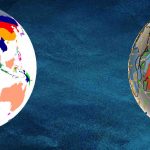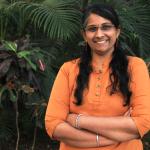Jai Sukhatme’s lab investigates the interconnections between ocean and sky
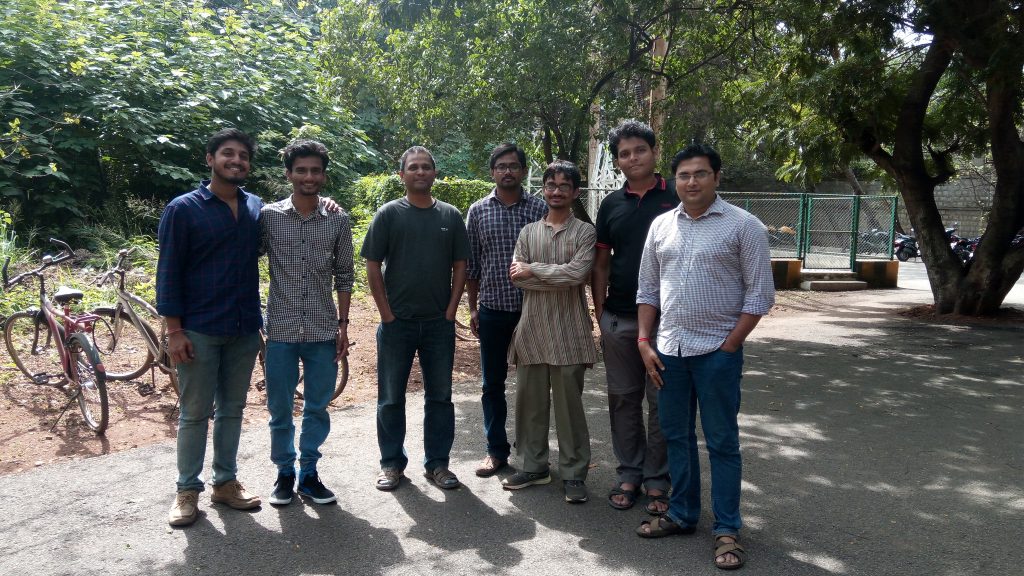
Science fiction author Arthur C Clarke once said, “How inappropriate to call this planet Earth, when it is clearly Ocean.” These oceans, which make up two-thirds of our world, are the focus of a whole new field of research – Oceanic and Atmospheric Sciences – which seeks to harness our existing knowledge of physics and geology to understand the phenomena that affect and regulate the oceans and atmosphere.
Jai Sukhatme, Associate Professor at the Centre for Atmospheric and Oceanic Sciences (CAOS) at IISc studies the dynamics of atmospheric and oceanic flows – everything from atmospheric circulation and upper ocean turbulence, to the intricate connections that these processes forge with one another, thereby impacting climatic conditions in farflung places. His work centres around geophysical fluid dynamics – studying the movement of fluids in naturally occurring flows, such the atmosphere or the ocean – primarily in the tropical regions.
Fresh out of a BTech in Engineering Physics from IIT Bombay, Jai realised that he was interested in physics but did not gravitate towards any one field in particular. At that time, he came across a project in geophysics which sparked his interest in the subject, and he tried out a few classes in atmospheric science and dynamics. This led to a master’s degree from the University of California, Davis and what would prove to be a lifelong interest in atmospheric and ocean sciences. During his PhD at the University of Chicago, he studied surface quasi-geostrophic turbulence, a simplified model of the flow of fluids in the ocean and atmosphere. In particular, he used a variety of statistical methods to understand the movement of stratified fluids – mainly, air and water – which have varying densities along the vertical direction, and this entrenched his interest in the subject.
Jai explains that atmospheric and oceanic scientists apply several methods ranging from numerical modelling to statistics to understand natural processes such as wind currents and oceanic tides, and to analyse their impact on climatic conditions, like the monsoon. Frequently, atmospheric scientists also rely on obtaining data from satellites, such as rain, humidity and surface temperature of oceans.
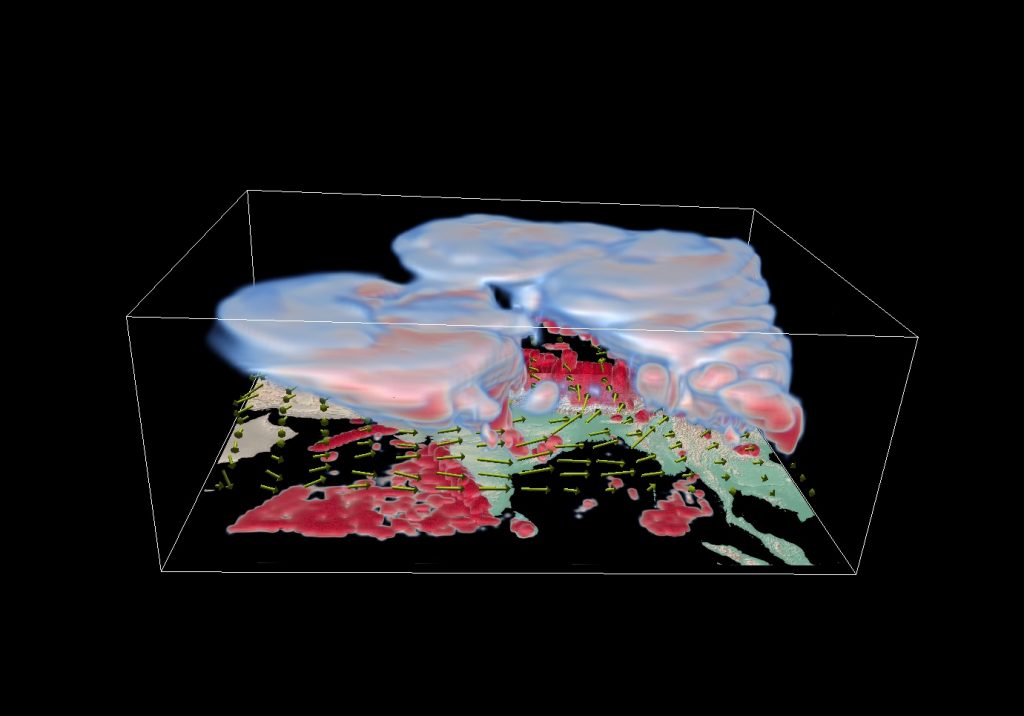
While Jai’s lab relies on extensive collaborations to procure the data they need, it specialises in the analysis of this data to deepen our knowledge of the basic physical science that underlies any given phenomenon. An interesting discovery from his lab revolves around surface kinetic energy in the Bay of Bengal, in collaboration with Debasis Sengupta, Professor and current Chair of CAOS. In an expedition to the Bay of Bengal, Debasis’s team deployed instruments to collect data about ocean currents, and these data sets were then examined by Jai’s group. In the ocean, the velocity of currents manifests in two ways – as waves, or as vortices. Jai’s lab was able to identify the contributions of both waves and vortices to the kinetic energy (which depends on velocity) of ocean currents. Their finding is not only important for understanding the distribution of kinetic energy in the Bay of Bengal, it also goes toward explaining how the energy that enters the seas from the atmosphere is disseminated, and how the energy balance is maintained.
Piecing together the factors that regulate a region’s climate is nothing short of a jigsaw puzzle. This is because variations in climate often tend to be related across thousands of kilometres and are called teleconnections. Jai’s lab works on characterising these teleconnections and remote influences to understand how tropical weather conditions might be affected by phenomena that originated elsewhere. One of his PhD students, for instance, created a moist model which had waves in the tropics reaching out to the midlatitudes, and then doubling back to the equatorial regions. Similarly, his work with V Venugopal, Associate Professor at CAOS, identified a teleconnection originating from the Atlantic basin, which played a role in disrupting the Indian monsoon. Not only is this compelling from a weather prediction perspective, it also demonstrates the complex connections that link the atmosphere to the ocean, and the interconnectedness of regions that are very far from each other.
Atmospheric scientists often rely on thought experiments and simulations to understand the changes that have occurred in climatic conditions over time. In this context, Jai’s lab looks at uniform surface sea temperatures – a hypothetical scenario which contrasts with the normal pattern of temperature increasing from the colder poles to warmer tropics. Removing this gradient opens up the possibility of studying several potential changes, such as the disappearance of the Hadley cell – the name given to the overall pattern of circulation of wind currents in the tropical atmosphere. It also has major implications for our current scheme of energy movement from the tropics to the poles. Jai explains that delving into such imaginary models allows scientists to expand their traditional outlook on natural phenomena and understand the extent of the impact a specific process would have on another. For instance, this study allowed Jai’s lab to work on the factors that stabilise and promote the formation of the Hadley cell, and to further make sense of the convoluted mesh that tropical atmospheric and oceanic processes form with one another.
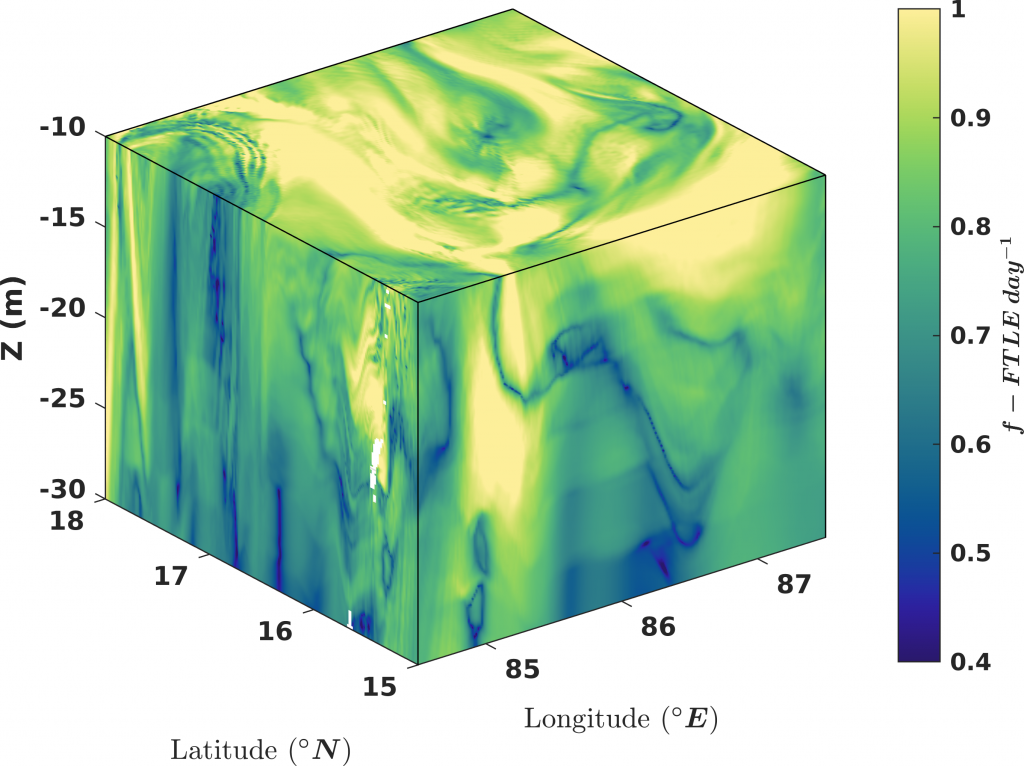
Another fascinating foray of his lab has been into processes that are likely to be affected because of a warming climate. His lab studies zonal mean winds, which circulate in the same latitude in a direction parallel to the equator. Wind currents are usually associated with a specific momentum over a given area in a given time (‘momentum fluxes’) that play an essential role in regulating the type of atmospheric flow in a region. Through modelling and data analysis, Jai’s team has found that the momentum budget in the tropics rests on a fragile balance between the Hadley cell and a variety of waves. Much like the gradual but consistent melting of ice caps, all the pieces of this momentum budget will be affected as the temperature rises in the tropics.
Jai also elaborates on the prospects that have opened up in the field in the past decade. There are several new industries that are working on renewable energy prediction, quantifying risk associated with floods or hurricanes as well as gauging the impact of weather on transport, agriculture or other industries. “The recent generation of big data in atmospheric sciences as well as more sophisticated tools in data analytics such as machine learning have resulted in people realising that you could probably exploit this data to learn more about one’s environment,” he explains.
Jai admits that public interest in climate change has helped bring ocean and atmospheric research into the limelight in recent years, but at the same time, he feels that it would be gratifying if basic research in the field also received a similar stimulus. “A lot of the research we do is driven by curiosity to get a fundamental understanding of the kind of variability we see in the atmosphere.”



